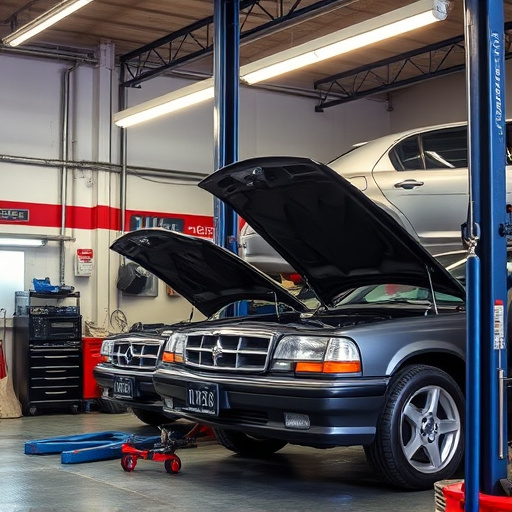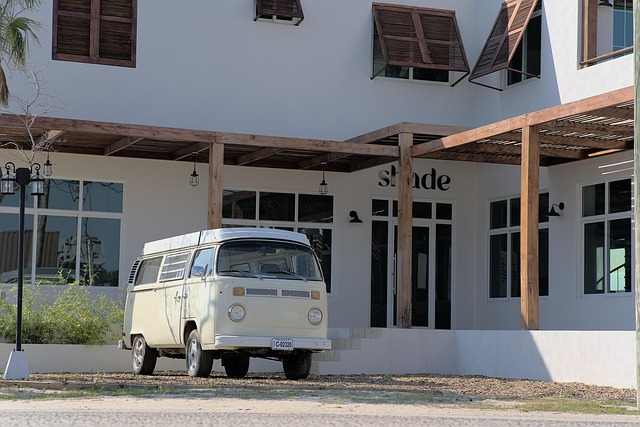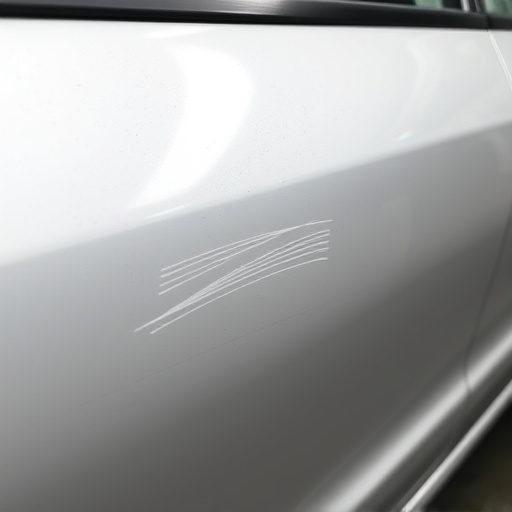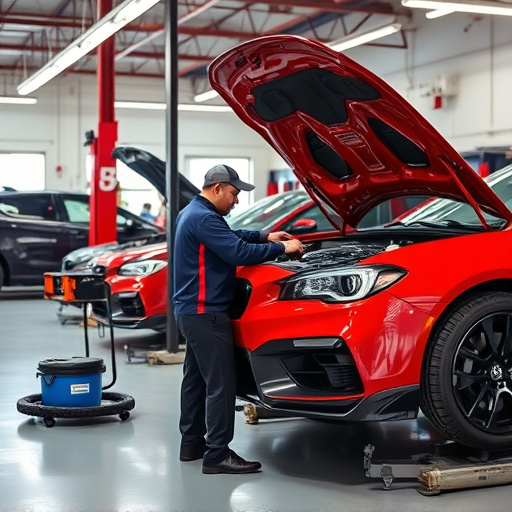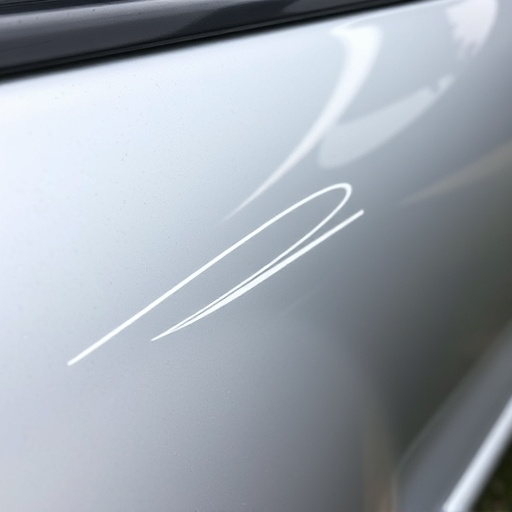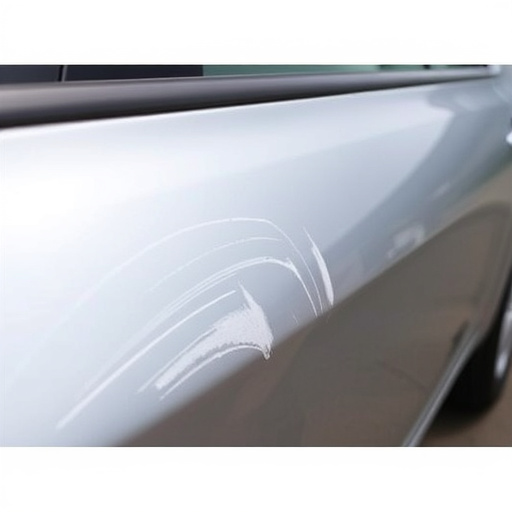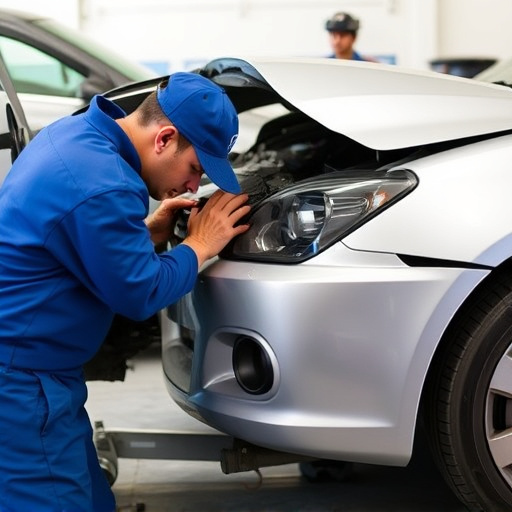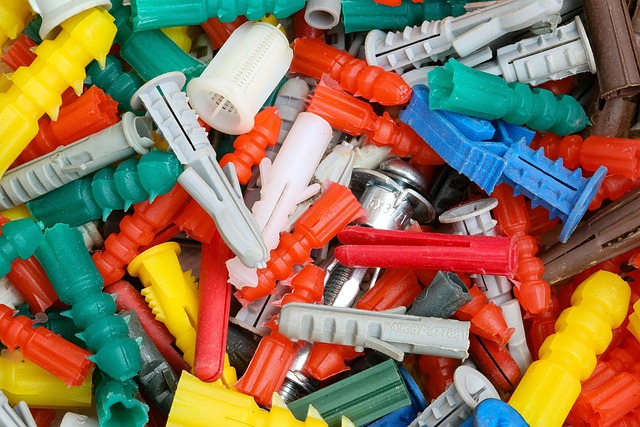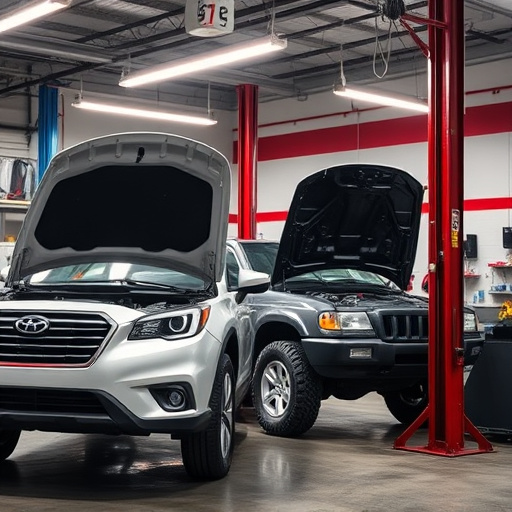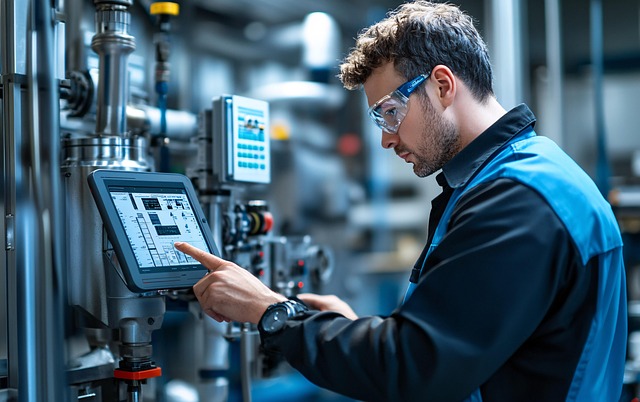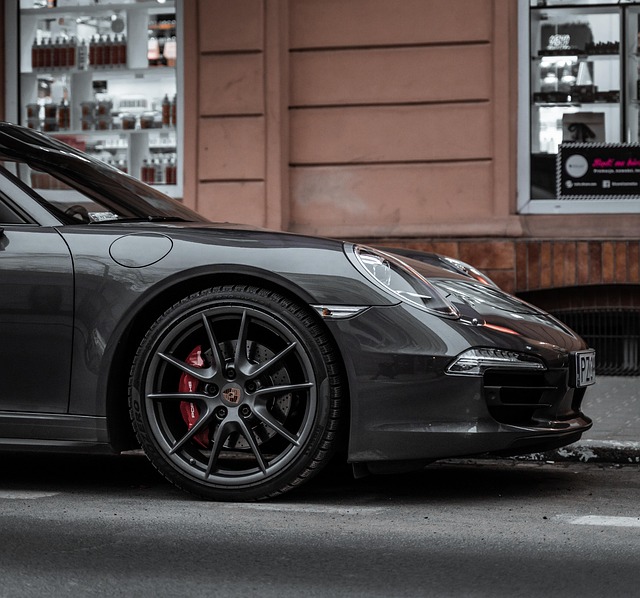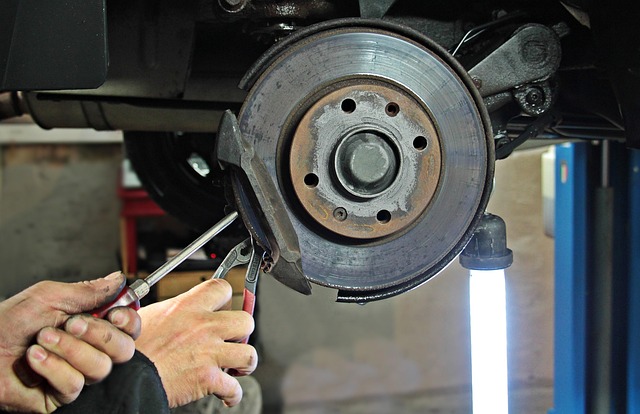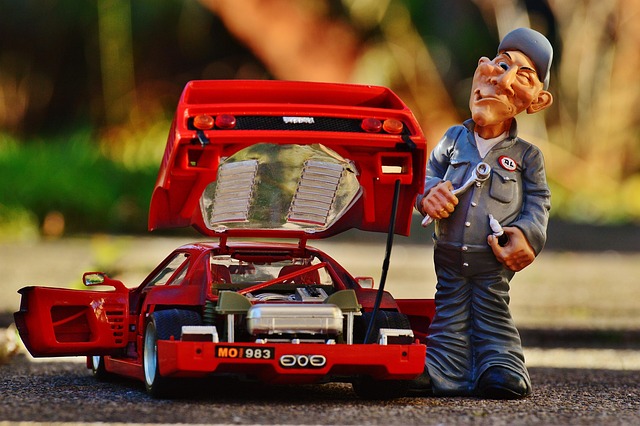Thorough cleaning and proper surface preparation are crucial steps before bumper restoration. Skipping these can lead to poor adhesion, accelerated rusting, and an uneven finish. Use automotive-specific cleaning agents designed for bumper restoration to avoid damaging the finish or structural integrity. Following manufacturer recommendations ensures a high-quality outcome and prevents premature fading or peeling.
Bumper restoration is a popular choice for those looking to breathe new life into their vehicle’s exterior. However, a number of common mistakes can plague even the best-intentioned DIY enthusiasts and professional technicians alike. This article delves into the crucial aspects of bumper restoration, highlighting key errors to avoid during each step, from preparation and surface treatment to painting and final assembly. By understanding these pitfalls, you’ll be equipped with the knowledge needed to ensure a flawless bumper restoration project.
- Preparation and Surface Preparation
- – Neglecting to thoroughly clean the bumper before restoration
- – Using incompatible or incorrect cleaning agents
Preparation and Surface Preparation
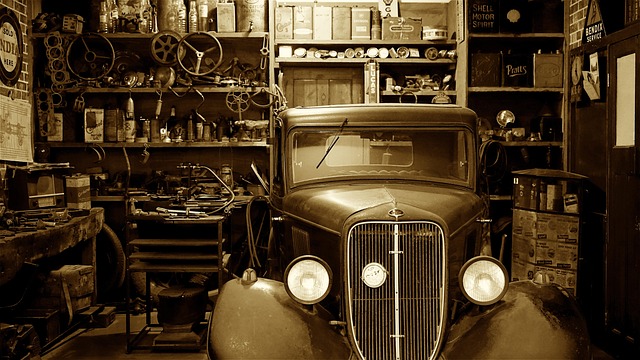
Before diving into the bumper restoration process, thorough preparation and surface preparation are essential steps that often get overlooked. The initial setup significantly impacts the final outcome, so taking the time to ensure a clean, smooth, and debris-free area is crucial. Begin by washing the damaged bumper thoroughly to remove any dirt, grease, or contaminants that could hinder the repair process. This step not only enhances visibility but also prevents impurities from mixing with the restoration materials, ensuring a cleaner finish.
Once the bumper is clean, inspect it closely for any remaining debris, loose paint chips, or rust spots. These issues should be addressed before proceeding. Using the right tools and techniques for dent removal or auto dent repair can save time and effort in the long run. Proper surface preparation involves sanding down rough areas, removing old paint if necessary, and applying a primer to create a solid base for painting—a critical step in vehicle collision repair.
– Neglecting to thoroughly clean the bumper before restoration
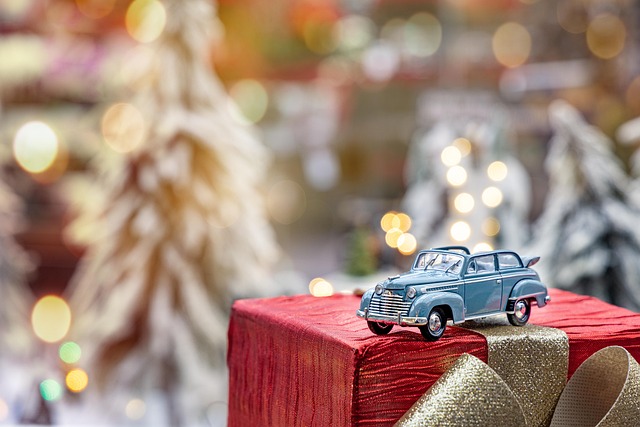
Before beginning any bumper restoration process, it’s paramount to understand that a thorough cleaning is the foundation for successful repairs. Many individuals make the mistake of assuming that simply patching or painting over dirt and debris will suffice, but this can lead to subpar results. A clean surface ensures proper adhesion of new materials, prevents future rusting, and guarantees an aesthetic finish. Skipping this crucial step often means your restored bumper may not last as long as expected, appearing uneven or developing unsightly spots over time.
Neglecting cleaning can also complicate the frame straightening process in cases where the bumper has undergone significant damage. In a mercedes benz repair scenario, for instance, technicians rely on clean and clear surfaces to accurately assess and correct any misalignments. Debris or contaminants could interfere with precise measurements and adjustments, resulting in inadequate frame straightening and an unsatisfactory final product. Remember, collision repair specialists emphasize the importance of cleanliness as a key factor in achieving top-quality bumper restoration outcomes.
– Using incompatible or incorrect cleaning agents
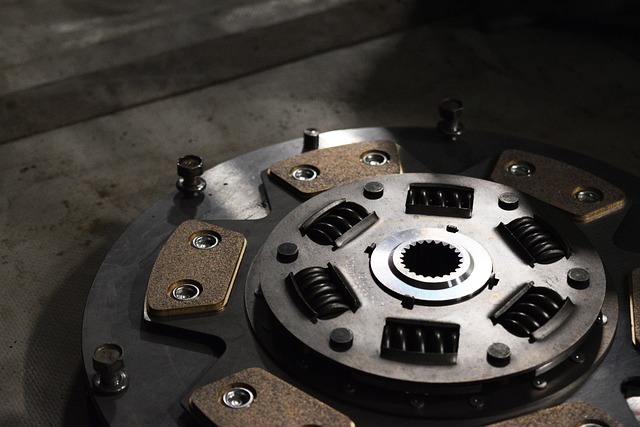
Using the wrong cleaning agents can do more harm than good during bumper restoration. Many people make the mistake of reaching for common household cleaners or cheap, store-brand products, assuming they’ll suffice. However, these substances often contain harsh chemicals that can strip away protective coatings and damage the bumper’s finish, especially if left on too long. Always opt for automotive-specific cleaning agents designed for bumper restoration or at least those marked as safe for use on plastic and other car surfaces.
When restoring a bumper, whether through repainting or repair, it’s crucial to choose products recommended by the vehicle manufacturer or trusted professionals from a collision center or automotive body shop. These experts know what works best for various materials and finishes, ensuring that your bumper not only looks good but also retains its structural integrity. Using incompatible cleaning agents can lead to premature fading, peeling, or even more significant damage down the line, requiring additional work and expenses in an automotive repair shop.
When embarking on a bumper restoration project, avoid common pitfalls by prioritizing thorough preparation and using suitable cleaning agents. Neglecting these steps can lead to subpar results and damage to your car’s surface. Remember, successful bumper restoration involves meticulous cleaning and the right products to ensure a lasting, high-quality finish.
